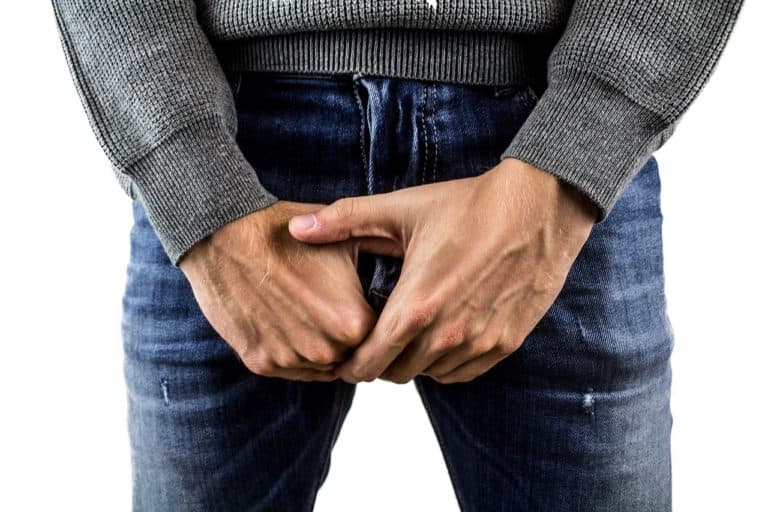Does a vasectomy reversal work? Men are told they should consider a vasectomy to be a permanent form of birth control, and a vasectomy is effective in preventing pregnancy in nearly 100% of cases. However, every year in North America, up to 10% of men who have undergone a vasectomy want to bank on a “yes” response to the question, “Does a vasectomy reversal work?”
Modern microsurgical advances have made it possible for a successful vasectomy reversal in a significant number of vasectomy cases. Success depends on several factors, including the amount of time that has transpired between the vasectomy and the vasectomy reversal and, of course, the skills of the microsurgeon. Although a vasectomy reversal may be successful – that is, sperm are restored to the seminal fluid–it is not a guarantee that a pregnancy will occur. That’s because the fertility of the female partner must be considered as well. Thus, the success rate for a vasectomy reversal (as defined by sperm returning to the ejaculate) is greater than the pregnancy rate.
How often does a vasectomy reversal work?
Vasectomy reversal has a much greater chance of being successful (up to 97%) if the time lapse between the vasectomy and the vasectomy reversal is less than ten years and especially if less than five years. For men who fall into this category, the chances that vasectomy reversal will lead to pregnancy may be as high as 76%.
For men who wait longer, the success rate declines, as does the chance of pregnancy. Men who wait for more than 15 years before they undergo a vasectomy reversal have about a 70% chance of success and a lower chance of a resulting pregnancy.
The condition of the vas deferens and vas fluid have a significant impact on the success of a vasectomy reversal and the type of surgical procedure to be performed. If the surgeon finds sperm in the vas deferens, there is about a 90% or greater chance the reversal will be a success, and a 60% to 70% chance pregnancy will result. If the surgeon does not find any sperm but the vas fluid is healthy, the success rate of the vasectomy reversal is about 70% and the pregnancy rate is lower.
How does a vasectomy reversal work?
Once the surgeon has identified the status of the vas deferens, how does a vasectomy reversal work? In both cases presented, the surgeon can perform a type of vasectomy reversal called a vasovasostomy. This procedure involves reconnecting the two cut ends of the vas deferens using ultrathin sutures. If, however, the surgeon does not find any sperm in the vas fluid and the fluid is thick, this indicates that a blockage is present above the vasectomy site.
In such cases, the surgeon can perform an alternative form of vasectomy reversal called a epididymovasostomy, which allows the surgeon to bypass the obstruction. During an epididymovasostomy, the surgeon sutures the cut ends of the vas deferens directly to the epididymis. The coiled tubes of the epididymis are about one-fifth the size of the vas deferens, and so the success rates are a bit lower, about 50% to 60%.
Another factor that influences the success of a vasectomy reversal is the impact of time on sperm that has accumulated in the testicles. Over time, sperm may become damaged and change in shape, number, and motility (ability to move). All of these changes have an effect on sperm potency (the number and quality of sperm released in seminal fluid) and thus the ability to initiate a pregnancy.







